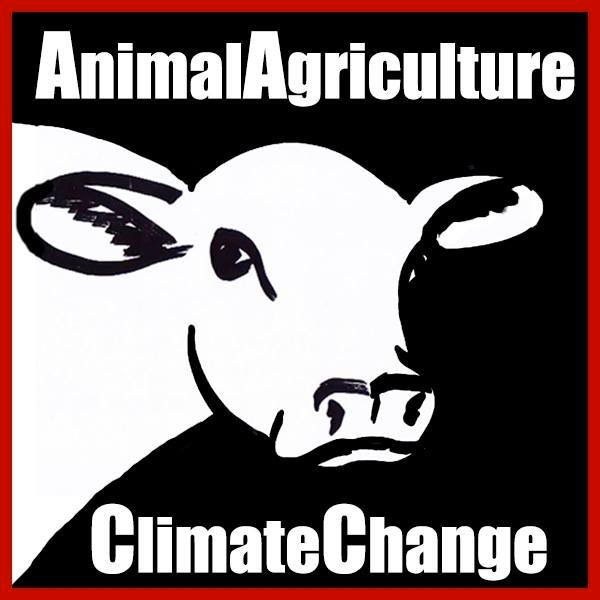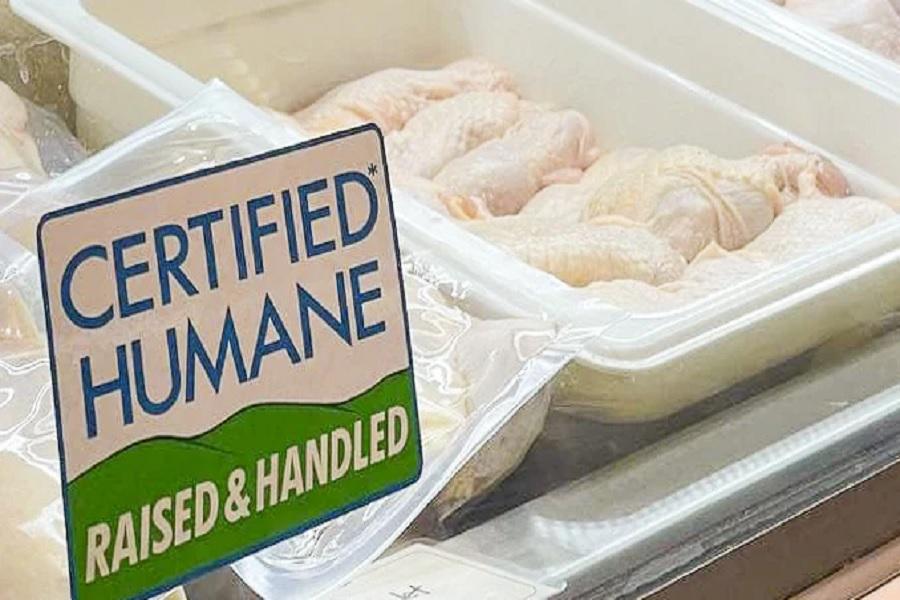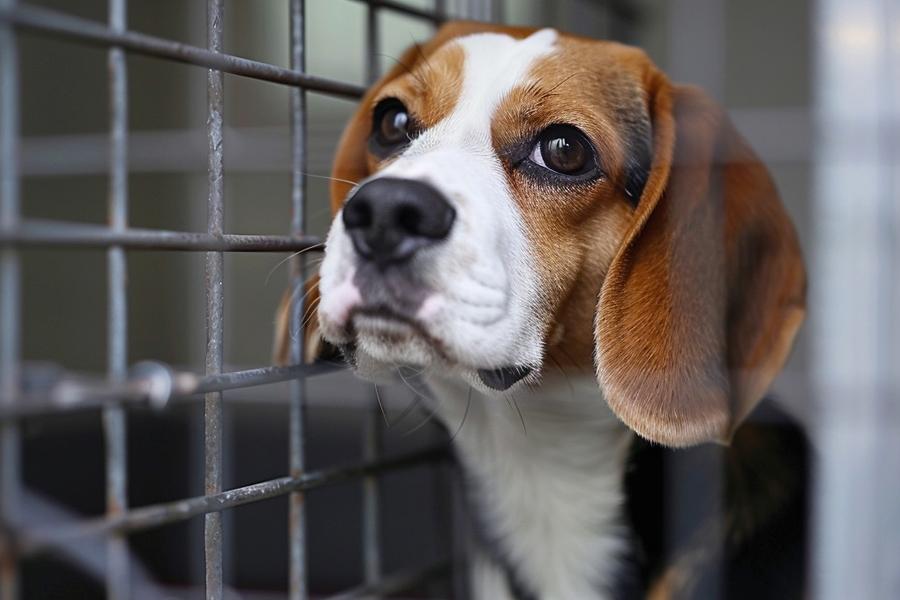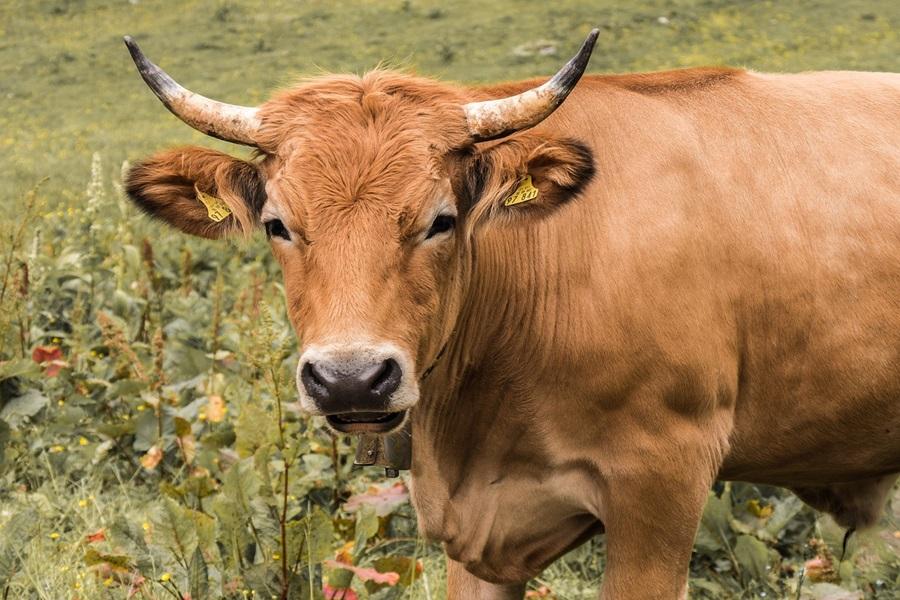Animal agriculture is unethical and inhumane regardless of what is said on the food label with welfare labels in the U.S. often being a form of humane-washing.
Food labels claiming that animal products are “cage-free,” “hormone-free,” “vegetarian-fed,” or “humane” are part of a large array of marketing strategies used by producers to promote their products. Navigating labels can seem daunting to consumers just trying to get through the grocery list. However, when we’re separated from how our food is made, labels can help inform us how it’s being done.
When it comes to the production of animal products, the authors of this study argue that many consumers are concerned about the way farmed animals are raised and treated. Although these consumers may buy into food labels such as “organic,” “humane,” or “cage-free,” past research shows that most people don’t know exactly what these labels mean. With a lack of standardization, clarity, or transparency, food labels can be confusing.
In general, welfare labels in the U.S. are often a form of humane-washing. They may vary in terms of how they address farmed animal welfare, and some labels may not even impact animals in a positive way. For example, “antibiotic-free” chicken meat could potentially cause chickens to get sick more frequently and severely without the use of medicine. Other labels aren’t verified by any third-party evaluation or audit process. In fact, claims of “farm-raised,” “crate-free,” and “cage-free” have no official standard under the U.S. Department of Agriculture.
The authors claim that it’s not uncommon for animal producers to add welfare-related labels to their products, and sometimes even charge a premium, even though they aren’t meeting higher standards of animal production. This is misleading for consumers, but it also punishes producers who are trying to implement higher-welfare practices. In other words, it’s important to avoid taking a label at face value – just because a product claims to be humane, that doesn’t mean it actually is.
Labelling schemes that are certified by a third-party auditor tend to be more reliable in enforcing higher-welfare practices, per the study’s authors. Some examples of certification schemes are the Global Animal Partnership’s Animal Welfare Certified label, the USDA’s Organic label, and A Greener World’s Animal Welfare Approved label. While these certifications aren’t perfect – for instance, they allow for different farming systems, which may result in different welfare outcomes – the authors point out that they typically prohibit some of the most harmful practices that are common on factory farms.
To help consumers make the most informed decisions about the products they are buying, it’s important to ensure they are not being misled about food labels. As such, the goal of this study was to understand how U.S. consumers interpret welfare-related labels on animal products, and specifically whether they purchase such products with higher expectations of animal welfare.
The authors surveyed 1,000 U.S. grocery shoppers about their concern for farmed animal welfare, whether they had purchased products with welfare labels and/or certification schemes in the past year, and their desire for government regulation on labelling standards. The survey focused on twelve types of welfare labels: cage/crate-free, free-range, pasture-raised, natural, organic, no hormone, no antibiotic, no rBST, humane, vegetarian-fed, grass-fed, and farm-raised.
The results of the study were consistent with past research showing that people are willing to pay more money for products that claim to use higher-welfare practices. They found that 76% of participants were somewhat or very concerned about animal welfare. 86% had purchased an animal product with a welfare-related label within the past year, and of these people, 89% did so because they thought it indicated better welfare practices.
Meanwhile, 69% of participants had purchased an animal product with third-party certification in the previous year, and 43% purchased a certified product that explicitly addressed animal welfare (e.g., Animal Welfare Approved or American Humane Certified). Notably, 59% of those who had purchased a certified product also purchased products with welfare labels that were not certified, assuming they were produced with higher-welfare standards. Finally, 83% of participants said they would switch to a brand that could guarantee higher animal welfare procedures, while 85% thought the U.S. government should be more involved in clarifying what the labels mean and how they should be enforced.
The researchers concluded that shoppers are incorrectly assuming that welfare labels ensure higher-welfare standards, and that many aren’t aware of the difference between welfare labels and certification schemes. Therefore, current welfare labeling schemes are not necessarily effective in ensuring that shoppers know how animal products are being produced. To address this concerning issue, advocates can call upon the government to play a stronger role in regulating the standards and use of welfare labels. To increase transparency, it’s also important to educate consumers directly about labels, certifications, and what these schemes mean (and don’t mean).
Original source: https://faunalytics.org











